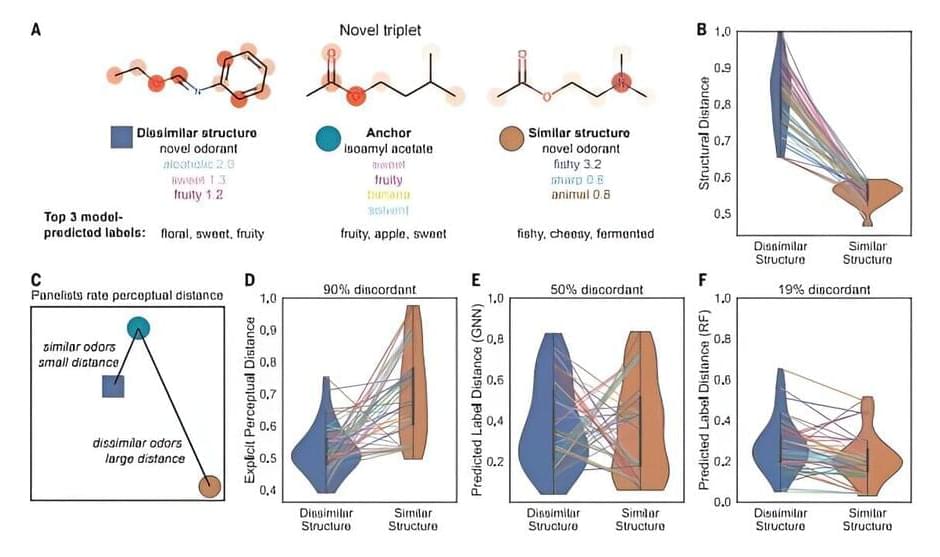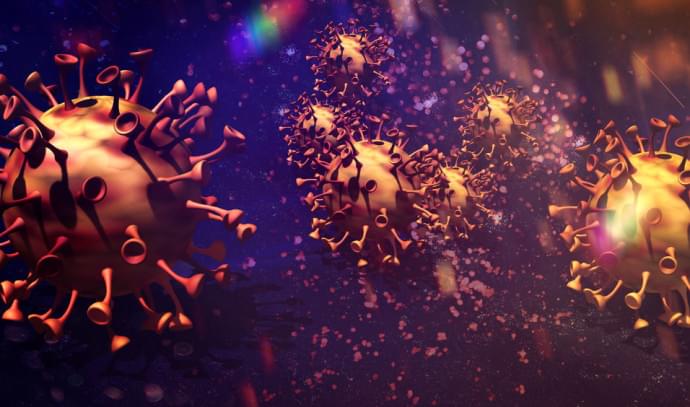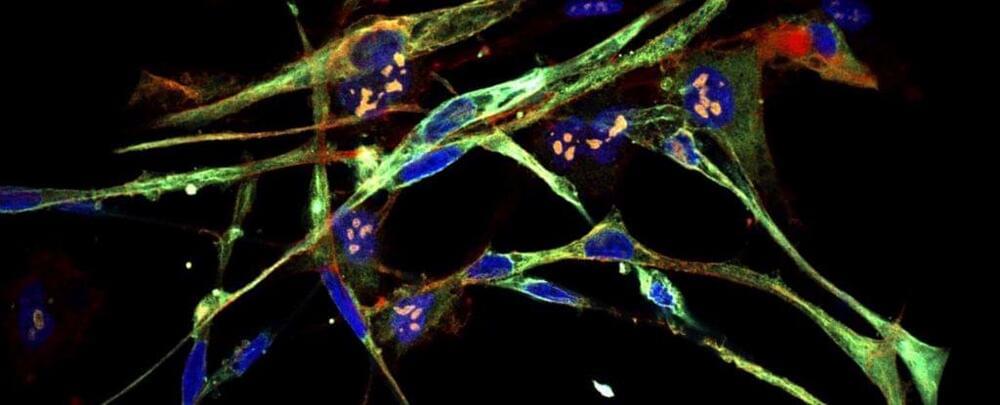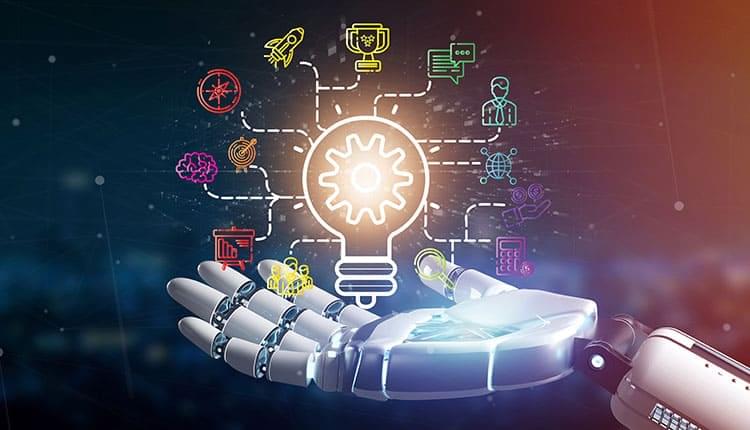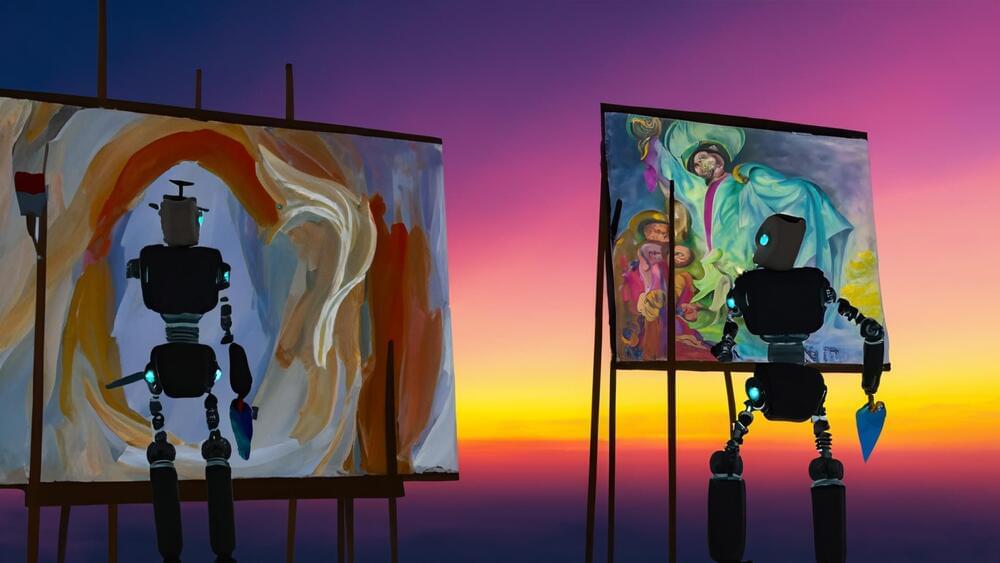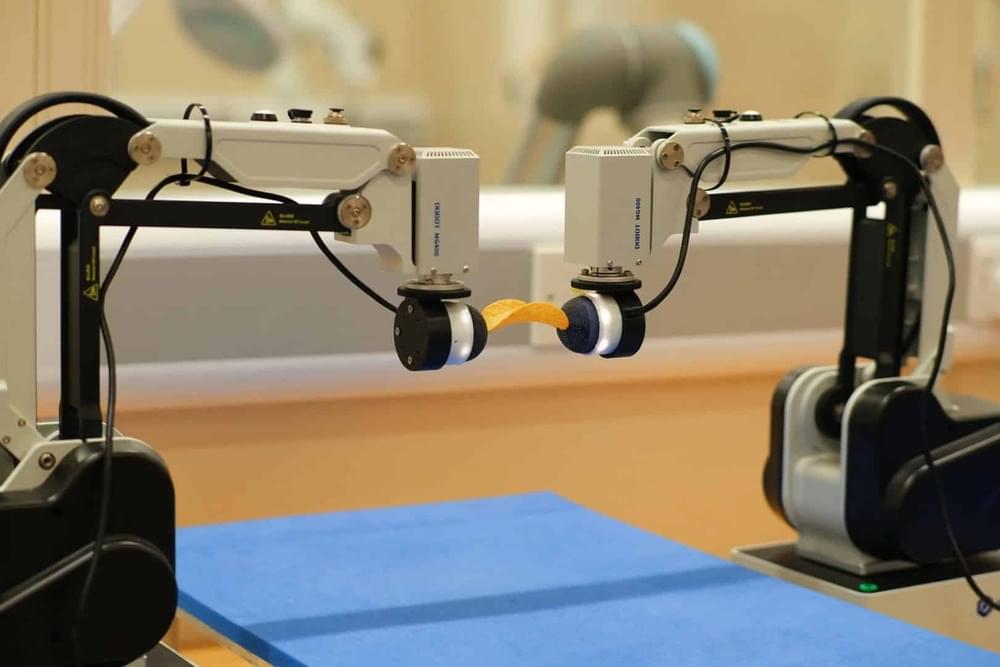In a major breakthrough, scientists have built a tool to predict the odor profile of a molecule, just based on its structure. It can identify molecules that look different but smell the same, as well as molecules that look very similar but smell totally different. The research was published in Science.
Professor Jane Parker, University of Reading, said, “Vision research has wavelength, hearing research has frequency—both can be measured and assessed by instruments. But what about smell? We don’t currently have a way to measure or accurately predict the odor of a molecule, based on its molecular structure.”
“You can get so far with current knowledge of the molecular structure, but eventually you are faced with numerous exceptions where the odor and structure don’t match. This is what has stumped previous models of olfaction. The fantastic thing about this new ML generated model is that it correctly predicts the odor of those exceptions.”
